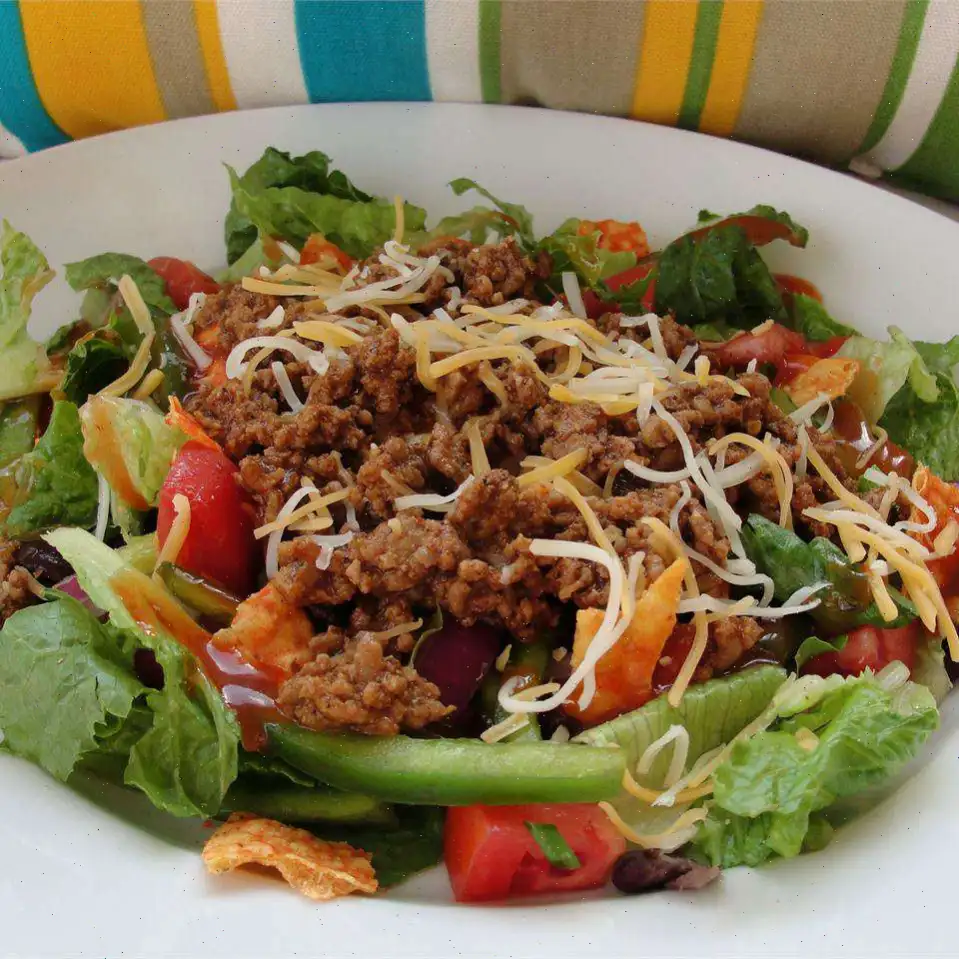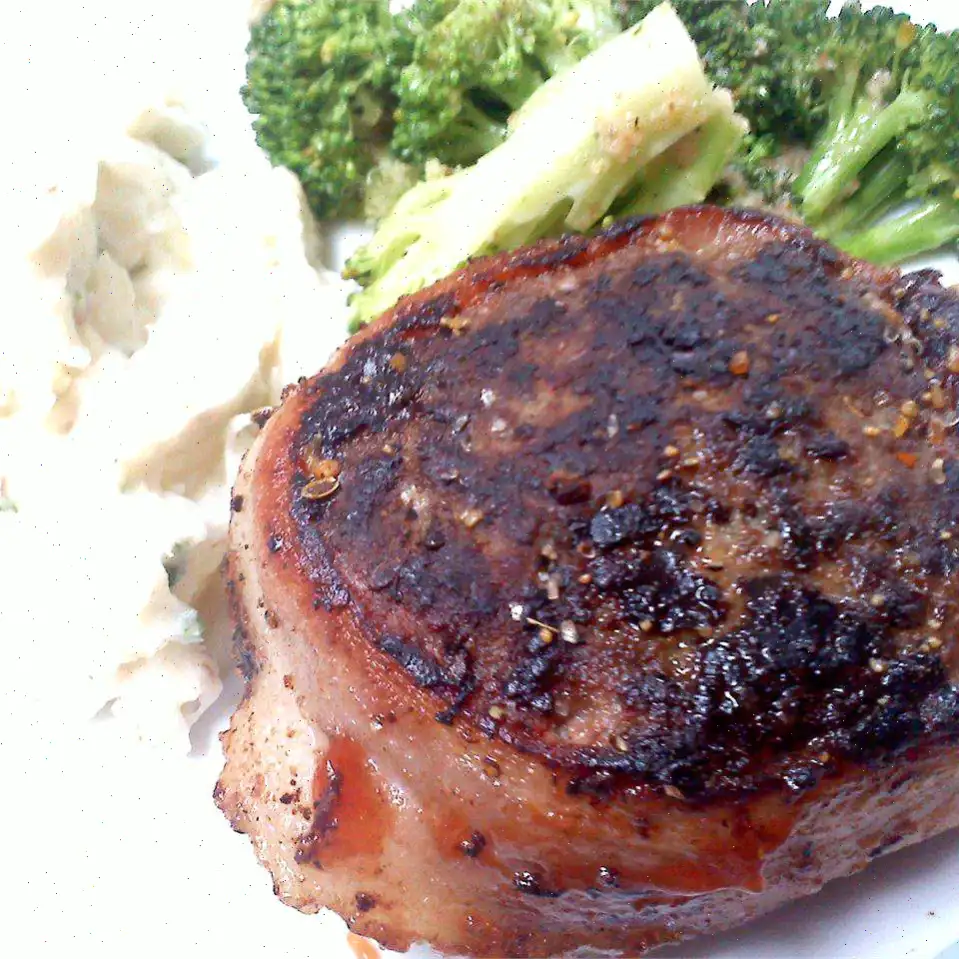
Pimento-Beer Cheese Sauce Recipe
Cheddar Beer Cheese Sauce
Ingredients
- 2 tablespoons butter
- 2 tablespoons flour
- 1/4 cup stout beer
- 1 cup whole milk (or more as needed)
- 1 teaspoon Dijon mustard
- 4 ounces shredded sharp Cheddar cheese
- 1 (4-ounce) jar chopped pimentos, drained (about 1/3 cup)
- Pinch of salt
- Pinch of black pepper
Directions
- In a small saucepan, melt the butter over medium-low heat.
- Gradually whisk in the flour and cook while whisking constantly until the mixture forms a thick paste, about 1 minute.
- Whisk in the stout beer, stirring until fully combined.
- Gradually whisk in the milk and Dijon mustard, continuing to whisk until smooth.
- Bring the mixture to a simmer while whisking frequently. Once it begins to simmer, reduce the heat to low and cook for about 5 minutes until it thickens.
- Slowly whisk in the shredded Cheddar cheese, stirring until completely melted and smooth.
- If the sauce is too thick, add more milk a teaspoon at a time until you reach your desired consistency.
- Stir in the chopped pimentos, salt, and pepper until well combined.
- Serve warm and enjoy as a delicious dip, sauce, or topping.
Nutrition Facts (per serving)
| Calories | 59 |
|---|---|
| Total Fat | 4g (6% Daily Value) |
| Saturated Fat | 3g (13% Daily Value) |
| Cholesterol | 12mg (4% Daily Value) |
| Sodium | 81mg (4% Daily Value) |
| Total Carbohydrate | 2g (1% Daily Value) |
| Dietary Fiber | 0g (1% Daily Value) |
| Total Sugars | 1g |
| Protein | 2g (5% Daily Value) |
| Vitamin C | 6mg (7% Daily Value) |
| Calcium | 69mg (5% Daily Value) |
| Iron | 0mg (1% Daily Value) |
| Potassium | 40mg (1% Daily Value) |
* Percent Daily Values are based on a 2,000 calorie diet. Your daily values may be higher or lower depending on your calorie needs.
The Story Behind Pimento-Beer Cheese Sauce
Pimento-beer cheese sauce is a flavorful twist on traditional cheese sauces, combining the richness of sharp Cheddar with the subtle sweetness and tang of pimentos, balanced by a splash of stout beer. Its origins trace back to the American South, particularly Kentucky, where beer cheesea spreadable, tangy cheese diphas been a regional staple since the 1940s. Local lore attributes its creation to a combination of home cooks ingenuity and the influence of European beer and cheese traditions brought over by settlers. Over time, this sauce evolved into a creamy, pourable variant suitable for drizzling over meats, pretzels, or vegetables.
Regional Variations and Characteristics
While classic beer cheese remains a dense, spreadable dip, pimento-beer cheese sauce highlights a smoother consistency, perfect for topping dishes rather than spreading. In Kentucky, it often features a dry stout beer for a deeper, malty flavor, whereas other regions might substitute with lighter ales or even lager. Southern cooks sometimes add cayenne or smoked paprika for a hint of heat, while northern variations lean toward a milder, creamier version. The inclusion of pimentos gives it a signature reddish hue and a sweet, tangy balance, distinguishing it from traditional American cheese sauces.
How It Differs From Similar Dishes
Pimento-beer cheese sauce differs from common cheese sauces in several ways. Unlike a bchamel-based Mornay sauce, it incorporates beer for a unique depth and slightly bitter undertone. Unlike queso dip, which often relies on processed cheese for creaminess, this sauce uses real Cheddar for a sharper, more complex taste. The pimentos add both color and subtle sweetness, setting it apart from standard cheddar or nacho cheese sauces. Its versatility allows it to function as a sauce rather than a spread, making it a hybrid between a topping and a traditional dip.
Typical Serving Contexts
This sauce is commonly served in casual dining environments, gastropubs, and Southern-style eateries. It pairs exceptionally well with soft pretzels, roasted vegetables, grilled sausages, burgers, and even baked potatoes. Some restaurants use it as a base for loaded nachos or as a drizzle over fried chicken for a Southern-inspired twist. At home, it often appears during football games, barbecues, or holiday gatherings, where its rich, cheesy flavor appeals to a wide audience.
Interesting Facts About Pimento-Beer Cheese Sauce
- Beer cheese was originally a homemade remedy for bland sandwiches in Kentucky, eventually gaining popularity as a pub snack.
- The use of pimentos in cheese sauces dates back to Spanish cuisine, introduced to the American South through early trade and culinary experimentation.
- The combination of beer and cheese enhances the umami taste, making it more flavorful than a simple cheese sauce.
- Some regional festivals in Kentucky celebrate beer cheese, including competitions for the best recipes and innovative adaptations like this pimento-beer cheese sauce.
- The sauce can be customized with different beer types, from stouts to IPAs, allowing subtle variations in bitterness and aroma.
In essence, pimento-beer cheese sauce is a modern Southern classic that celebrates bold flavors, regional ingenuity, and versatility in American cuisine. Its history, subtle regional differences, and unique ingredients make it a standout among cheese-based sauces, offering a rich, tangy, and slightly malty experience in every bite.








